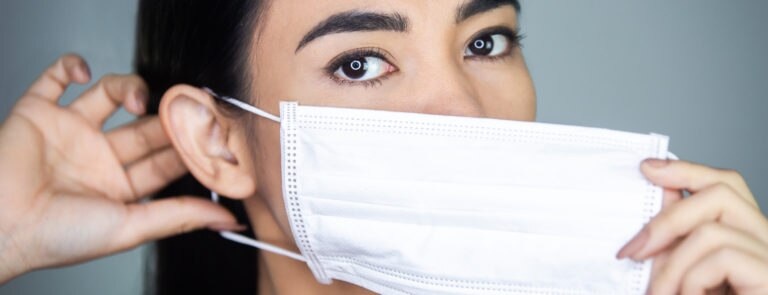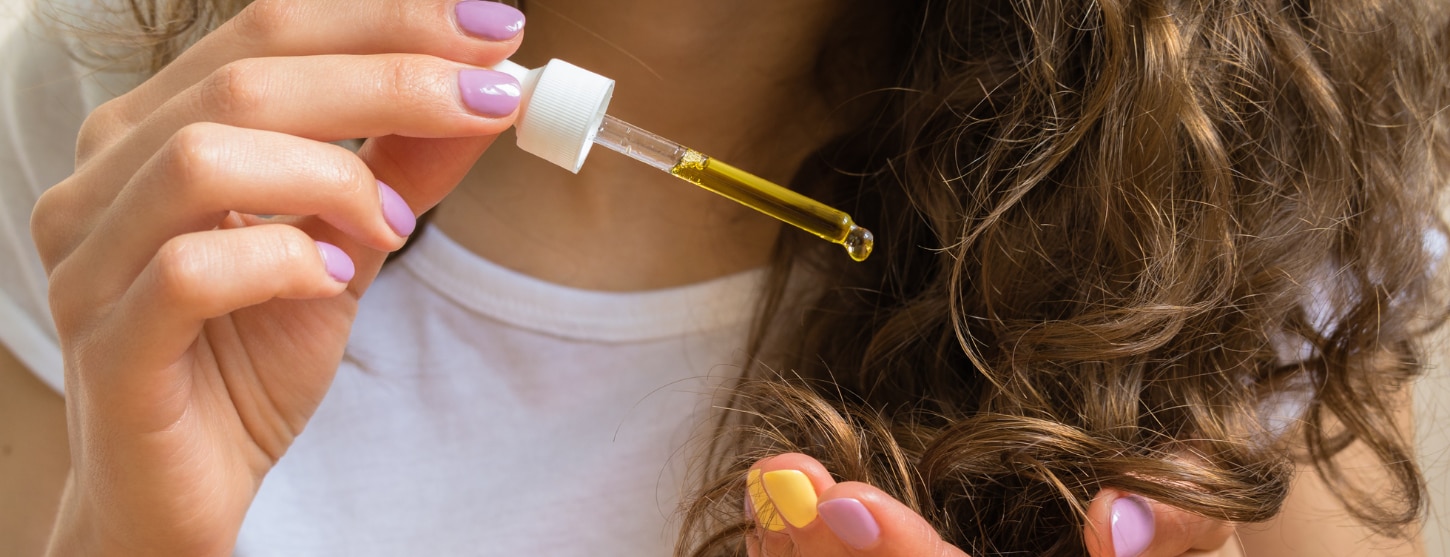You’ve heard about acne, but what about maskne?
For what is a new and emerging issue, maskne is actually something that happens to be on a lot of people’s minds. (At the time of writing this article, there were 983,00 Google search results for maskne).
But what is maskne? What causes it? And what measures can you take to avoid getting it?
What is maskne?
Maskne is mask-induced acne (there’s a clue in the name…). As most of us aren’t that used to wearing masks – and neither is our skin – many mask wearers are reporting redness, irritation and breakouts as a result of wearing them.
Breakouts of maskne are most commonly found where people’s masks sit. E.g. along the bridge of the nose on people’s chin, cheeks and along their jawline.
Interestingly, in China alone, more than 80% of healthcare workers in Hubei, China, have reported to have developed facial skin problems. What’s more, some doctors have reportedly seen an increase in acne flare-ups among non-healthcare workers too.
What causes it?
Basically maskne is brought on by wearing a mask, whether that’s masks for work or masks to go out to the shops. Wearing a mask creates a humid environment that can cause sweat, oil and bacteria to build up and this can clog our pores.
Just to break down the mechanics a little bit further, the friction and chaffing of masks on our skin can also cause the skin to break down and hair follicles to break open. In turn, our pores are more likely to get blocked or clogged up by sweat and bacteria, creating something that’s known as folliculitis.
The weather can influence maskne too. Summertime maskne is most likely to be caused by clogged pores, whereas wintertime maskne is created by friction on dry, delicate skin.
How to avoid getting maskne
We can all get it, but there are certain things you can do to prevent reduce the chances of developing it or minimising how badly you get it. Here’s an overview of some of the measures that can help with tackling maskne:
Measure 1: Don’t use thick creams to moisturise
If your pores are already blocked, then using thick creams can potentially clog your skin up even more. If you can, use more lightweight, water-based products that will moisturise, but with less of a pore-clogging effect.
Measure 2: Moisturise before you wear your mask
Your moisturiser will act as an additional protective barrier between your skin and your mask and also prevent chaffing, which can lead to skin abrasions and breakouts.
Measure 3: Regularly wash your mask
As obvious as this may sound, it’s actually one of the easiest and best things you can do to help prevent maskne. All of that sweat, oil and bacteria is only going to keep building up on the inner side of your mask if you don’t wash it regularly (ideally after each time you wear it).
Measure 4: Wash your face when you get home
It’ll help get rid of the sweat, oil and bacteria build-up. Make sure you moisturise afterwards to keep your skin nourished.
Measure 5: Try to steer clear of wearing make-up
... especially on the part of your face that’s covered up. Wearing foundation, powder, bronzer etc. will only add more ingredients into the bacteria melting pot. (Nobody can see this part of your face anyway!)
Measure 6: Wear the right type of mask
There are different variations of masks available – some are slightly different shapes and some are made from thicker or thinner material. The important thing to make sure is that it fits your face properly and doesn’t rub your skin too much. Cotton and washable silk are great for reducing friction and irritation.
Measure 7: Use Vitamin C anti-oxidant skincare products
Vitamin C will help keep your skin healthy under your mask and protect your skin from any harmful pollutants, as well as bacteria. It can also help repair any damaged skin cells too. When selecting your Vitamin C products, make sure you remember the rule above – the more lightweight the product, the better.
So there you have it, that’s maskne. We hope you find the advice useful above in helping combat it and, if you do happen to develop it, clearing your skin of it. For more on the power of Vitamin C skincare products, check out this article, ‘
What’s the big deal about Vitamin C for skin?’
Shop Natural Face Care
Last updated: 7 September 2020




